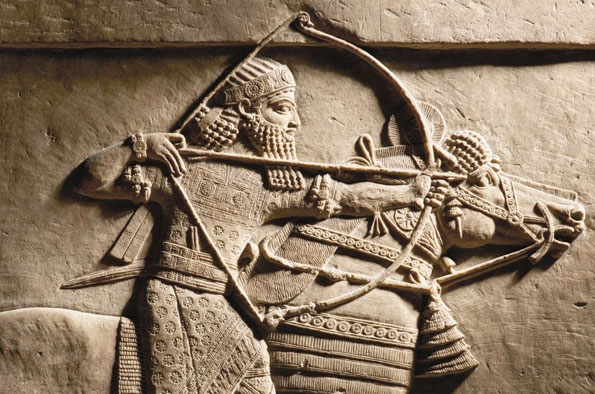
Aurššbanipal, Gyges, Psamtik I, and International Relations in the Seventh-Century BC Near East
Add this event to my calendar
Click on "Create a calendar file" and your browser will download a .ics file for this event.
Microsoft Outlook: Download the file, double-click it to open it in Outlook, then click on "Save & Close" to save it to your calendar. If that doesn't work go into Outlook, click on the File tab, then on Open & Export, then Open Calendar. Select your .ics file then click on "Save & Close".
Google Calendar: download the file, then go into your calendar. On the left where it says "Other calendars" click on the arrow icon and then click on Import calendar. Click on Browse and select the .ics file, then click on Import.
Apple Calendar: The file may open automatically with an option to save it to your calendar. If not, download the file, then you can either drag it to Calendar or import the file by going to File >Import > Import and choosing the .ics file.
The Neo-Assyrian royal inscriptions (Prism A, ii 114-115; c.644-642) of Aššurbanipal (668-631) famously speak of the Lydian king Gyges (c.680-c.644/3/2) bringing gifts to the Assyrian ruler’s court, only later to trust in his own strength and aid Psamtik I of Egypt (664-610), ‘who had cast off the yoke of my lordly majesty’. This mistaken trust was, according to the Assyrian text, the cause of Gyges’ death at the hands of Cimmerian invaders in c.644/3/2.
This short episode is a key source for seventh-century BC political developments: Gyges’ engagement with Assyria gives contemporary hints to the foreign policy of the first Mermnad king of Lydia whose history is shrouded in mythology, and the apparent overthrowing of the yoke forms a central authority in many accounts of the reunification of Egypt under Psamtik I.
However, in using this text scholarship has for the most part focussed on the implications in Egypt, to the detriment of illuminating the wider Near-Eastern political climate. Therefore, this working paper presents a hypothesis that focusses this narrative away from an Egyptian context to a Lydian context, speaking more of the historical Gyges, and proposes a different explanation of Psamtik I’s foreign policy towards Assyria in reunifying Egypt.
